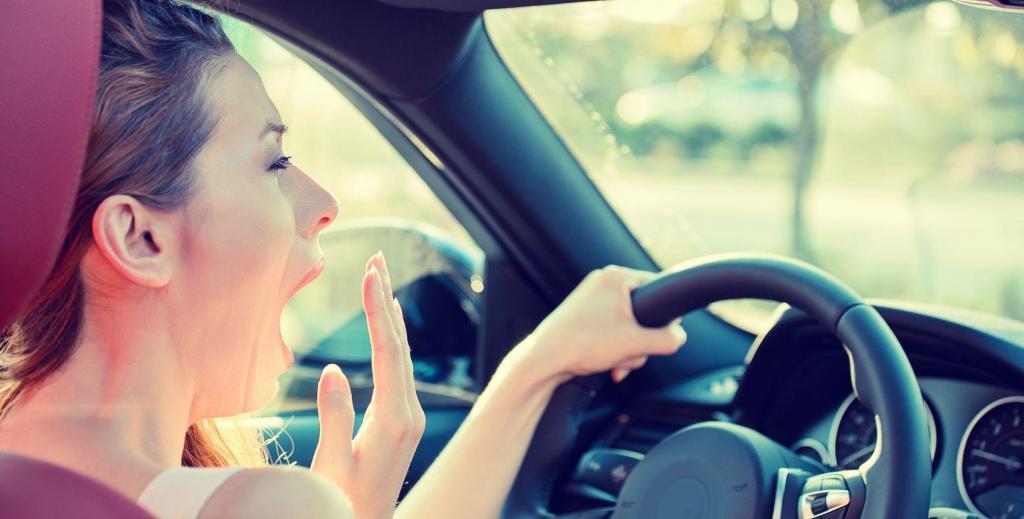Driver fatigue is a major cause of fatal accidents in Australia, contributing to around 13% of road fatalities every year. This is only the tip of the iceberg, with fatigue also responsible for a large number of non-fatal accidents and injuries on Australian roads.
Driver fatigue is also one of the hardest things for even a skilled driver to avoid. It requires you to be able to accurately identify when a state of mild tiredness or boredom is transitioning into a potentially dangerous state of fatigue, as well as know the appropriate steps to take in order to address the situation and reduce accident risk.
Get fairer car insurance. Based on how you drive
Recognizing driver fatigue
The first step towards lowering the risk of an accident due to driver fatigue is being able to identify the signs that you may not be fit to operate a vehicle.
These include:
- an urge to nap or sleep combined with a feeling that staying awake is a struggle
- feeling like your eyelids are heavy or drooping and that your eyes are slowly closing
- blurred vision
- a nodding head
- feeling like you are experiencing lapses in concentration that may lead to:
- having to steer back in your lane after wandering out of it
- missing traffic signals
- lapses in memory.
In addition there are some scenarios that will increase the risk of experiencing driver fatigue. These include:
- going more than 24 hours without sleep
- experiencing several consecutive days of broken or inadequate sleep
- taking any kind of medication that lists fatigue as a side effect
- driving for long periods of time without taking a break
- any health conditions resulting in excessive fatigue.
Handling driver fatigue
How you should handle fatigue depends on whether or not you are already driving your vehicle.
If you find yourself in one of the scenarios that puts you at high risk of experiencing fatigue while driving, avoid getting behind the wheel of a car. Wait until you have either had enough rest or your condition has resolved sufficiently to make it safe to drive.
In the event you notice symptoms of fatigue while driving:
- pull your car over and park as soon as it is safe to do so
- take a 25-30 minute nap; if you have enough time, take a 90 minute nap. Do not nap for more than 30 minutes if you can’t nap a full 90 minutes, as this will leave you feeling more fatigued
- if you are close to a convenience store, and you have no health issues which prevent you from consuming energy drinks, purchase and consume two cans of energy drink. This will buy you around 90 minutes of increased alertness
- if you are required to drive more than an hour to reach your final destination, consider using alternative transport methods, or renting a room to get some proper sleep.
How to handle fatigued drivers
Other fatigued drivers on the road can also pose a hazard, even if you are fully alert behind the wheel.
To avoid becoming the victim of a fatigued driver:
- avoid driving between midnight and 7am, when other road users are most likely to be suffering from fatigue
- if you spot another driver behaving erratically, extend your following distance and avoid startling the driver by hooting or flashing your lights
- avoid attempting to overtake drivers who are showing noticeable symptoms of fatigue unless you have sufficient space and time to execute an overtaking manoeuvre even if that driver veers into your lane
- do not hesitate to contact public authorities if you believe the driver poses a risk to themselves or other road users – you could save their life.
Download UbiCar
UbiCar measures and scores your driving skills and then rewards you for smart driving. Earn UbiCoins for online purchases and fairer priced car insurance.


